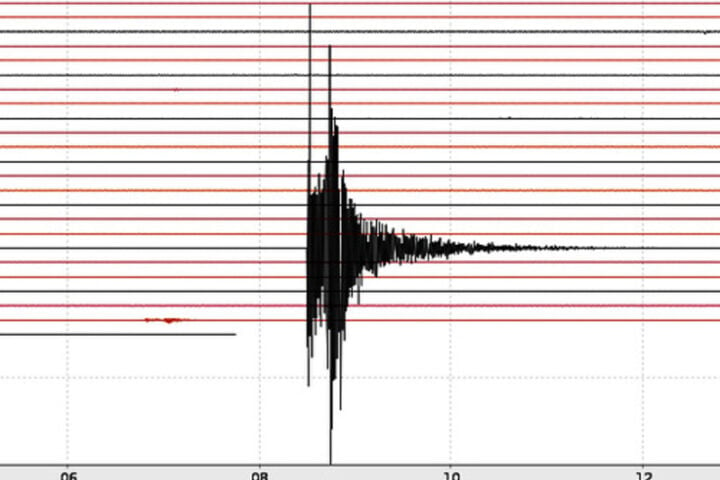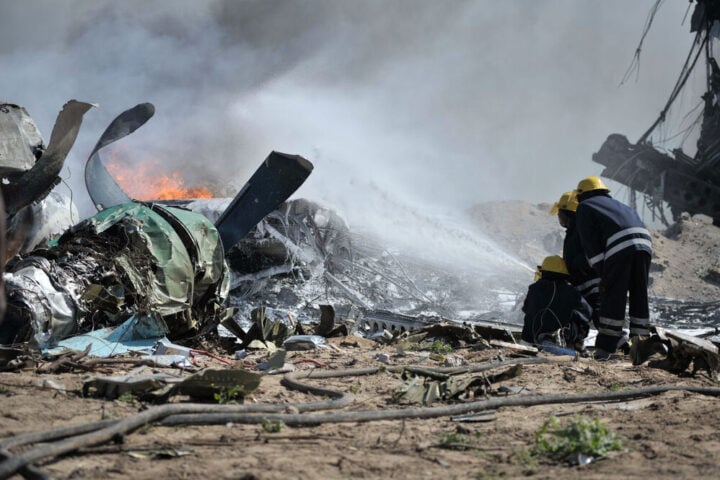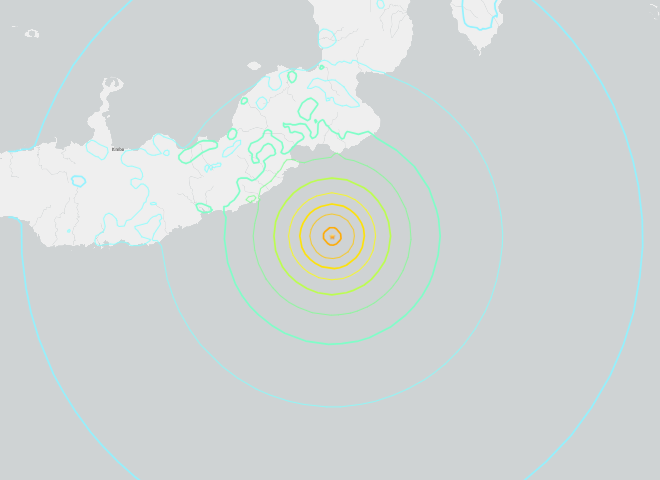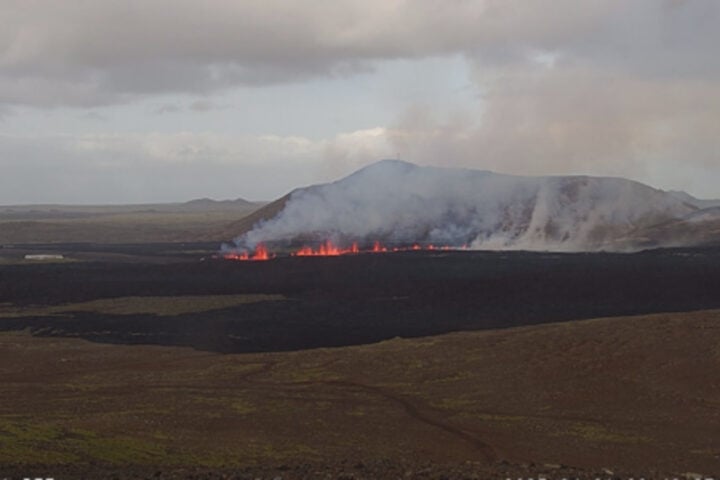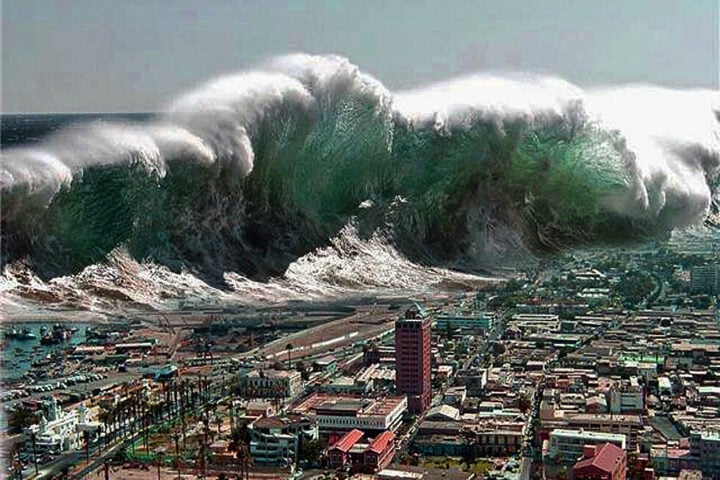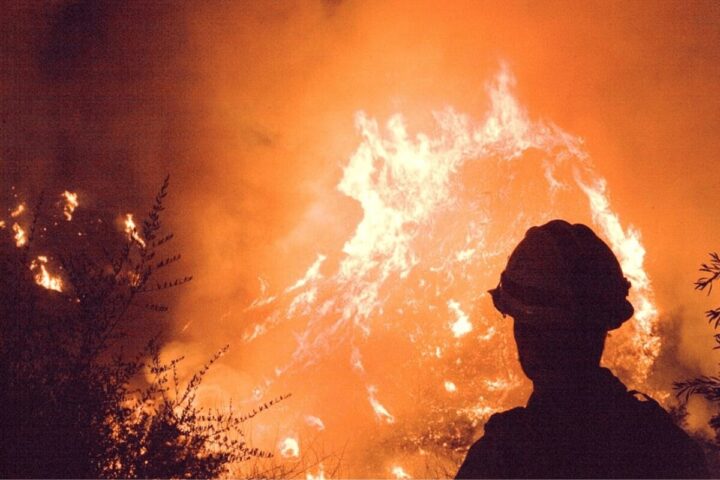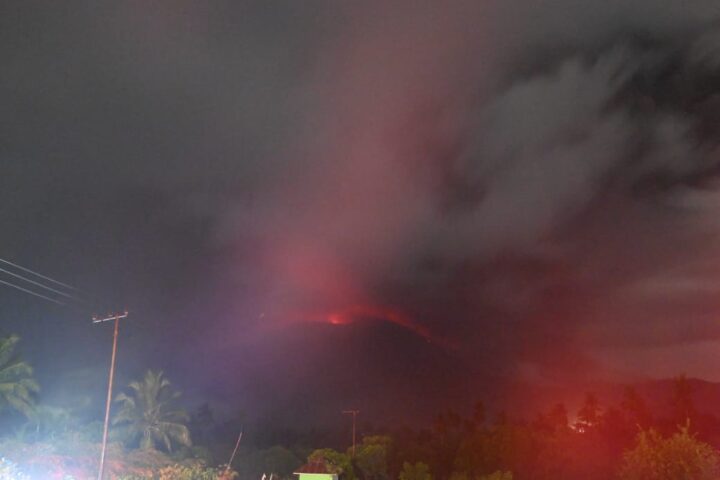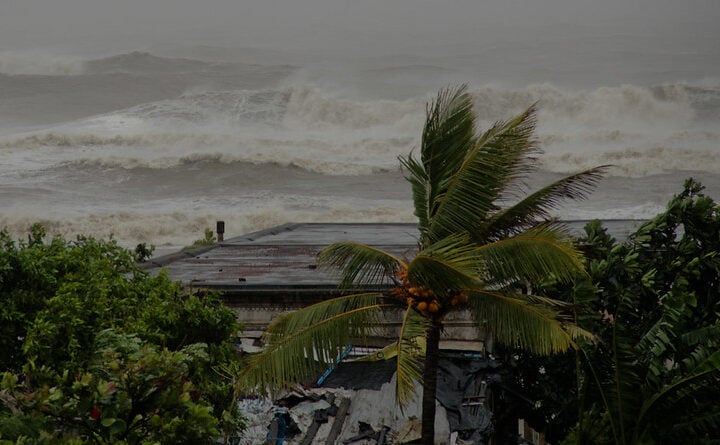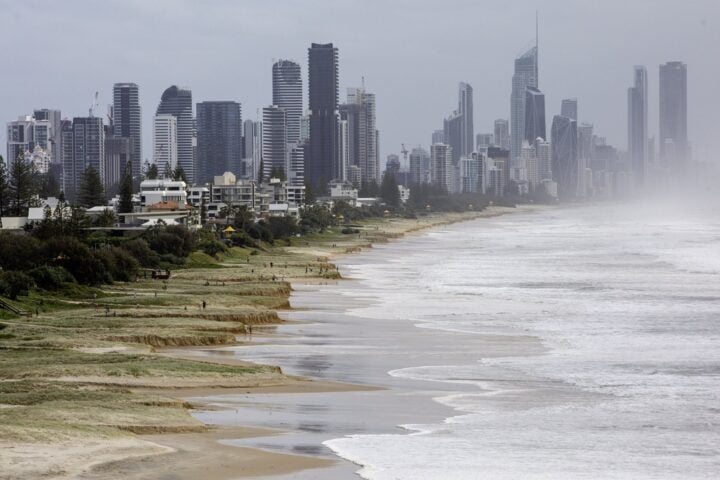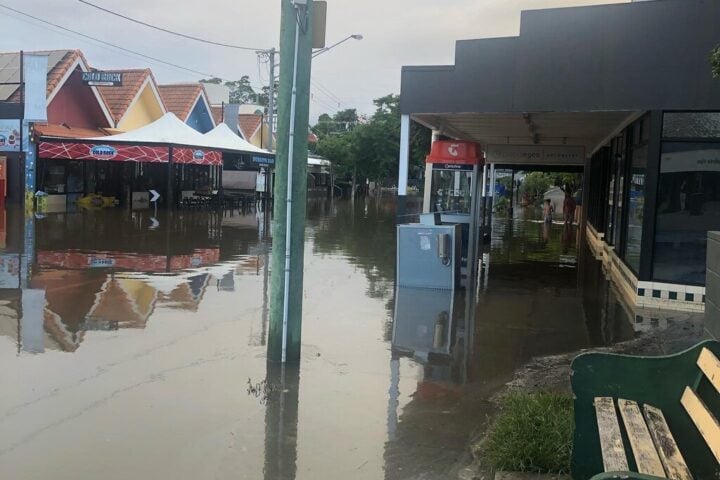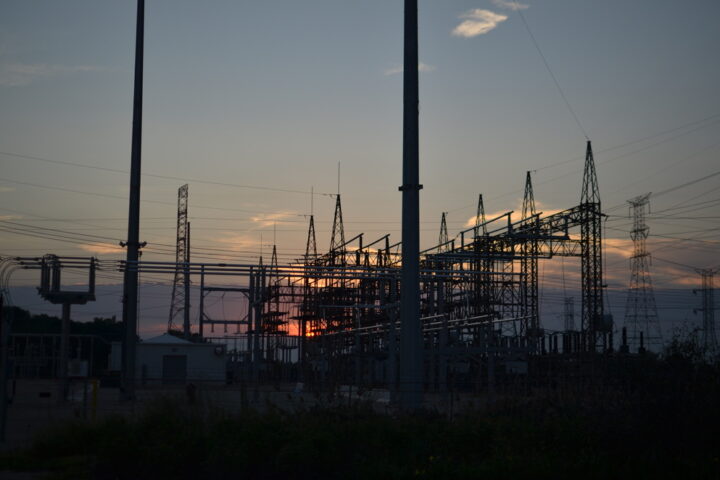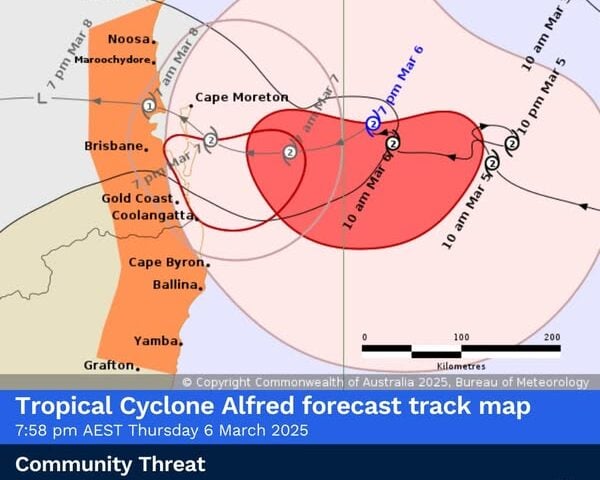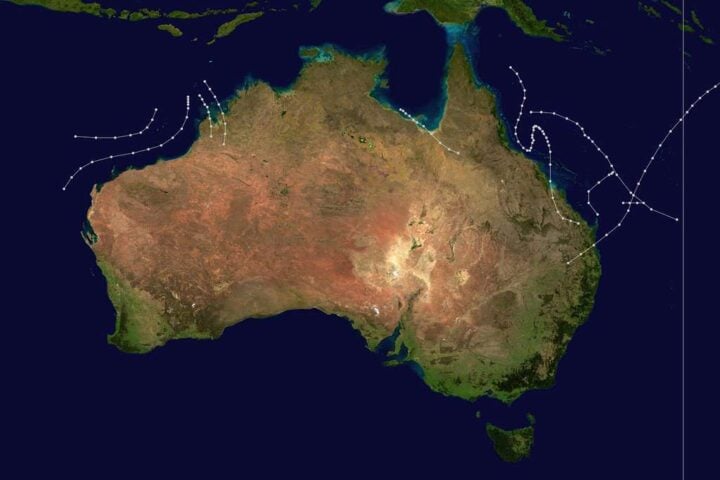Malibu Earthquake Rattles Los Angeles Area
On Thursday morning, residents of Southern California were jolted awake by a 4.7 magnitude earthquake on the Richter scale centred north of Malibu. The tremor, which struck at 7:28 a.m. at a depth of approximately seven miles, sent shockwaves through the region, affecting areas from the coast to inland communities.
Widespread Impact and Immediate Response
The earthquake’s effects were felt across a broad swath of Southern California, including Hermosa Beach, La Mirada, Anaheim, Santa Monica, the Hollywood Hills, and parts of the San Fernando Valley. While no immediate reports of injuries or significant damage surfaced, the event prompted standard precautionary measures.
Los Angeles Metro officials implemented their earthquake protocol, slowing trains to inspect for potential damage. Mayor Karen Bass announced on social media that the Los Angeles Fire Department would conduct routine surveys to identify any major issues.
Seismic Activity and Aftershocks
Seismologists reported that the initial quake was followed by more than two dozen aftershocks, including two of magnitude 3.4. Dr. Lucy Jones, a prominent seismologist, explained that the region has been experiencing earthquakes, none of which have been damaging as they have all been small. She emphasized that this serves as a reminder that the relative quiet of the past few decades is not indicative of the long-term seismic activity expected in the area.”I didn’t feel a thing – I was in the middle of my morning exercise routine, quite a ways from this M4.7 5 miles north of Malibu. Below are the M≥4s for 2024,” Dr. Jones shared on social media.
The United States Geological Survey (USGS) indicated that the earthquake’s epicentre was closest to the Malibu fault, with a 40% chance of being associated with it and a 46% chance of being linked to the Anacapa fault.
Similar Posts
Early Warning System in Action
The state’s MyShake app sent out 425,217 alerts, according to the governor’s office. This early warning system urged residents to “drop, cover, hold on,” demonstrating the progress made in earthquake preparedness technology.
Historical Context and Future Implications
Recent Seismic Trends
This event marks the 14th earthquake sequence of magnitude 4.0 or higher in Southern California this year, surpassing the average of eight to ten annually in recent decades. While this increase is notable, experts caution against drawing immediate conclusions about its significance.
Comparing Past Events
The region has experienced stronger earthquakes in the past. On January 18, 1989, a magnitude 5 earthquake occurred 8 miles southeast of Malibu Point, causing minor injuries and property damage. Another notable event took place on New Year’s Day in 1979, when a magnitude 5.2 quake struck during the Rose Bowl game between USC and Michigan.
Expert Analysis and Future Considerations
Seismological Insights
USGS geophysicist Morgan Page stated that there is a 1 in 20 chance that another earthquake of 4.7 magnitude or higher will occur in the near future. This statistic underscores the unpredictable nature of seismic activity and the need for constant vigilance.
Preparedness Measures
The recent earthquake serves as a stark reminder of the importance of earthquake preparedness in Southern California. Residents are advised to:
- Create and maintain emergency kits
- Develop family communication plans
- Secure heavy furniture and objects
- Stay informed about local emergency procedures
Broader Implications for Southern California
Infrastructure Resilience
The event highlights the ongoing need for robust infrastructure capable of withstanding seismic activity. While no significant damage was reported, the quake serves as a test of the region’s building codes and structural integrity.
Economic Impact
Although this earthquake caused minimal disruption, it serves as a reminder of the potential economic consequences of a larger seismic event. Businesses and policymakers must continue to factor earthquake risks into long-term planning and investment decisions.
Public Awareness and Education
The widespread use of early warning systems and social media during this event demonstrates progress in public earthquake awareness. However, there’s room for improvement in educating residents about proper earthquake safety procedures.
Conclusion
The 4.7 magnitude earthquake that shook Southern California on Thursday morning serves as a poignant reminder of the region’s seismic reality. While the immediate impact was limited, the event underscores the importance of ongoing preparedness, infrastructure resilience, and public education.
As Southern California continues to navigate its complex relationship with seismic activity, events like these provide valuable opportunities for reflection and improvement. The region’s ability to respond effectively to future earthquakes will depend on the collective efforts of scientists, policymakers, and citizens to remain vigilant and prepared.




